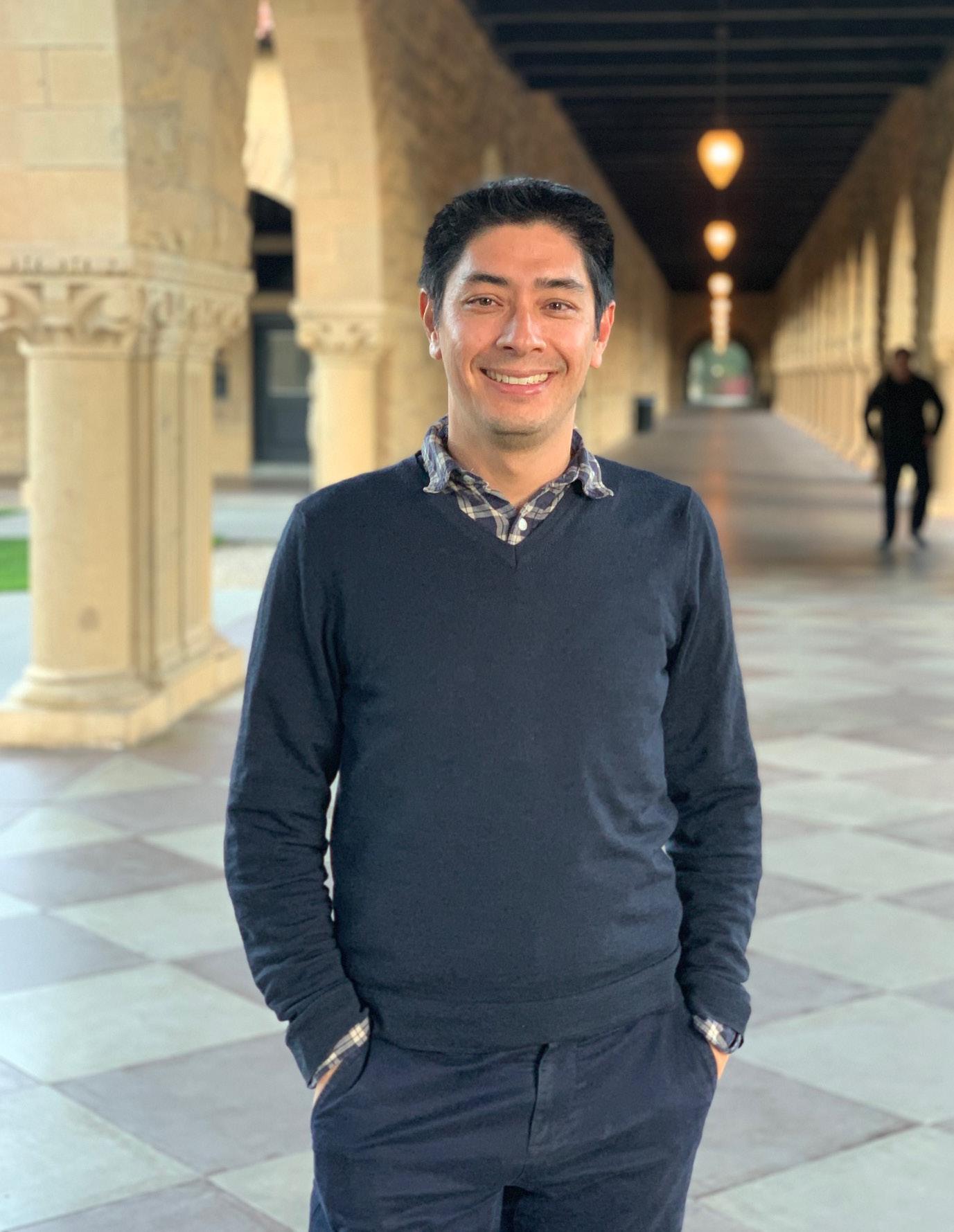
2 minute read
How Should Organisations Respond to Complex Challenges?
Well-functioning institutions are critical to society’s response to grand challenges. Yet getting institutions to function effectively, especially when the objectives are multifaceted and into the future—like responding to climate change, or preparing for pandemics—is complex.
As an organizational theory scholar, my research focuses on how organizations address complex challenges. In this project I take a unique focus: studying the role of universities.
Although as academics we rarely reflect on universities as institutions, they do in fact play a crucial role in community and industry responses to grand challenges. This is particularly true of Stanford University, with the impact it has had through institutes like the Woods, Bio-X and beyond.
Funded as a Fulbright Senior Scholar, my time at the Global Projects Centre has turned the research lens “inward”, so to speak. Throughout winter term and into spring I met with and interviewed dozens of significant leaders – deans, vice provosts, chairs of the Board of Trustees, and others - who served into Stanford University’s leadership under the presidency of John L. Hennessy. My questions probed how they came to their roles, what their visions were, how the organized with those around them, and what they felt they had accomplished by the time their posts had ended. What emerges is a complex and multi-vocal picture of Stanford University as an institution between 2000 and 2016, and the moves it made as a university to develop inter-disciplinary partnerships, fundraise, transform curriculum, and pursue entrepreneurial endeavors that oriented toward addressing some of world’s the most significant challenges in environment, sustainability, human health, and beyond.
My study will form part of an edited book, which will capture the voices of the Hennessy presidency. I am publishing it in collaboration with the Stanford Historical Society and their Oral History program. It will contain the accounts of several senior leaders from Stanford and how they organized the university toward these higher goals during two critical decades in the institution’s history.

The end of my time at GPC coincided with the outbreak of the global pandemic. Since returning to my home country, Australia, I am now working beyond this project to contribute a blueprint for Australia’s economic recovery after COVID-19.
My interest is to locate the higher education sector in Australia and globally with the broader set of institutions – government, business, start-ups, pension funds, amongst others – who will be implicated in ensuring that Australia recovers to an economy goes beyond its mining roots and can sustain the high paying jobs needed for its future in the region.

I intend for U.S. relations to play a crucial role in that and, vice versa, for Australia to play a crucial role for the U.S.’s position in Asia.
As a higher education leader, my hope is that we together can build the graduates that will contribute to the high tech economy that Asia and the United States need. I look forward to staying connected with the Global Projects Centre to ensure we make a successful transition.
Originally published as Professor Eric Knight: In His Own Words on Stanford GPC.
Images: (From left) Eric meets with Gerhard Casper, fmr. President of Stanford University (1992-2000); Eric talks energy technology with Prof. Steve Chu, Nobel Laureate/fmr. Secretary of Energy (2009-2013); Eric in the quad at Stanford.








